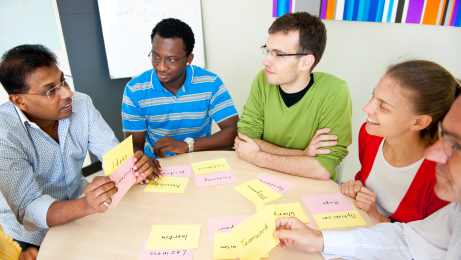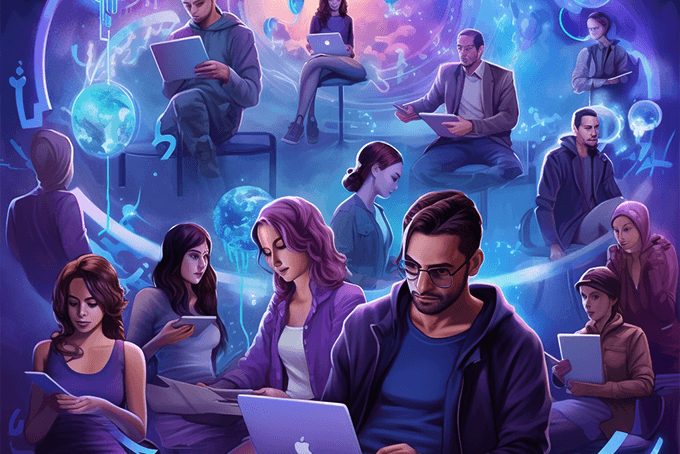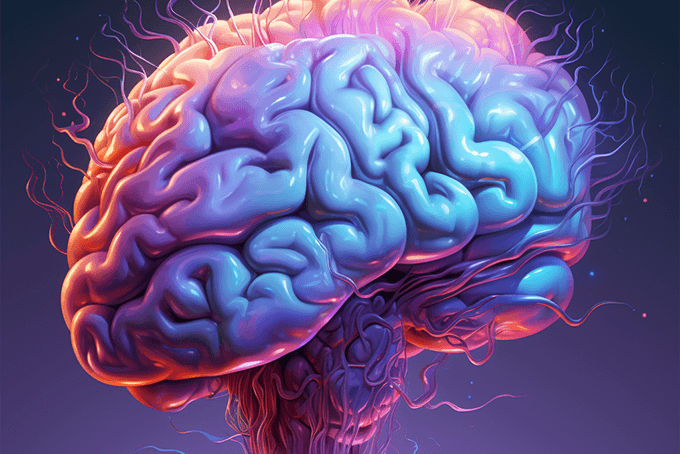Have you ever heard the word “research based” and wondered what exactly it means? Today, research based tends to mean that someone used a particular strategy and demonstrated that students were able to recall more information and do better on tests.
But hidden in that definition of research based are deeply held beliefs, biases and assumptions about what it means to learn. And if you look closely, there is no real definition of learning here. From our point of view, the meaning of learning is assumed.

For example, if we assume that learning is defined by what students can memorize, replicate or recall, then we also assume something about the nature of information (reducible to right and wrong answers, for example) and leave out all sorts of other ways to discern, analyze, find a creative answer, incorporate new knowledge in order to create something, know how to plan and organize, understand how things are connected or master how to work with others.
Learning using recall or direct “strategies that work” does not help teachers either.
Here are only a few questions this limited view of learning does not provide:
- What do you do with a student who repeatedly disrupts your class?
- What is actually happening when students are not motivated? What changes can you make that actually work?
- What can you do to create a truly respectful environment and why would this improve student attention and motivation?
Over the last 20 years my co-author, Geoffrey Caine and I have developed a set of Brain/Mind Learning Principles. They are the foundation for what we now call Natural Learning. These Principles represent a more exciting and comprehensive view of learning and capture the true capacities that students have for learning in an infinite number of ways.
The Natural Learning Principles are:
- Universal –everyone on the planet has these capacities.
- They span across research fields. They are true in neuroscience, biology and psychology.
- The principles are “emergent” in that our knowledge of how they operate in our lives is continually being expanded by research in neuroscience, cognitive pasychology, and other fields. In other words, research from a large number of fields is providing a research base.
- The Principles have critical implications for education.
So how can these Principles help you as an educator? Let’s look at one Principle all of us understand. It is called “Learning is Enhanced by Challenge and Inhibited by Threat.” Once teachers understand what challenge and threat look like, they understand how to recognize and address certain situations. Threat for example has to do with students feeling helpless, hopeless, being poorly prepared, overwhelmed or feeling inadequate. Challenge has to do with feeling competent and confident and is usually accompanied by words like” I can do this!” “I bet I can do it better if I work on it! “ “I can already think of a number of ways to deal with this!”
Example of how Natural Learning Priciples Work
George is a basketball coach in Southern California. He is a young head coach in a high school for what one could call underprivileged students, many of who had little belief in their abilities and talents.
He worked often and hard with these students and applied much of what he learned through his training in the 12 Brain/Mind Learning Principles. His scruffy band of basketball players did well and made it to the state finals.
But they lost their first state final game by one point. He was shocked that his best players only made about 11 baskets instead of their usual 17 each. Until too late he forgot what the Principles teach.
Principle # 11 tells us that “Learning is Enhanced by Challenge and Inhibited by Threat,” and explains that too much threat reduces the functioning of the brain so that students are only capable of doing work that relies on their “reflexive” parts of the brain.
In other words, when his players went beyond their comfort zone from a sense of confidence or challenge to feeling intimidated by the huge crowds and nature of the opposition (mostly middle class “privileged” kids), they “downshifted” or experienced what is called “threat rigidity.” Their peripheral perception was affected and mostly lost. So instead of solving problems on the basis of what they experienced in the moment and making more complex decisions, they were reduced to relying only on things they had practiced and rehearsed over and over. Their capacity to think, plan, and make more intelligent momentary decisions had literally been hijacked by what they actually experienced as threat.
The Principles work like this. They tell teachers what is potentially happening and how to make critical decisions about what is needed. So instead of relying on strategies others provide, educators can evaluate and adapt such practices on the basis of professional knowledge and understanding.
What could George have done? Perhaps he could have had his students visit the site for the games before their own game? Perhaps he could have led them in a visualization that had them rehearse what was likely to happen? He also could have had his students understand how threat rigidity plays a role in their own lives and ask them to provide their own potential solutions.
Can you see why not all students are threatened by testing but the ones we want to help most may in fact do worse?



